The most notable advantage of using porcelain over ceramic or other stone tiles is that it is very durable. Because it is not as porous as other materials, porcelain is more solid, able to withstand much heavier weights without being damaged. This denseness makes it a reliable material to use as flooring in rooms with a lot of traffic where other materials would begin to falter after so much use. Durability goes beyond its toughness, however. Maintenance is also a major plus with porcelain.
Not unlike other tiles, cleaning polished porcelain tiles is not all that difficult. As long as you don’t leave any acidic chemicals on the surface for a long time, most stains will come off with warm water and a mop. If your porcelain tiles get scratched, you can use toothpaste to fill in the crevice and hide the damage, though this should be done with white porcelain tile or other bright colors. In case of cracks or chips, porcelain tiles are very easy to replace individually. Finally, as with any other tiled surface out there, grout is also an important part of porcelain maintenance. Over time, the bright white or muted gray grout is going to lose its color, get damaged by moisture, or flake away. Your best option is to apply a waterproof grout sealer and refresh it annually in areas with high traffic or a lot of moisture.
Lastly, the benefit of having porcelain is its natural and sleek appearance. While porcelain is not a slab of natural stone like marble, it can still look organic depending on how it has been manufactured. Much like granite, or marble, porcelain stoneware also has those veins or grains running along its surface.
The Disadvantages of Porcelain

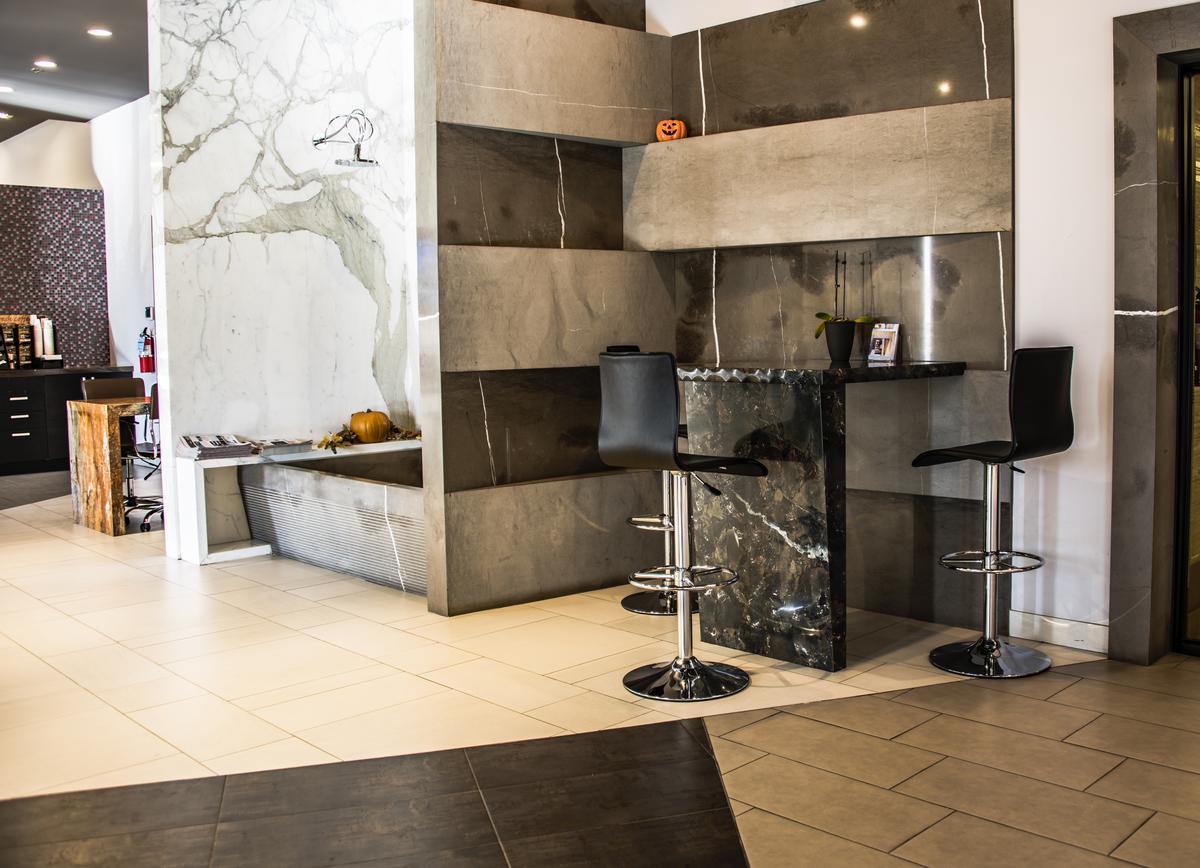
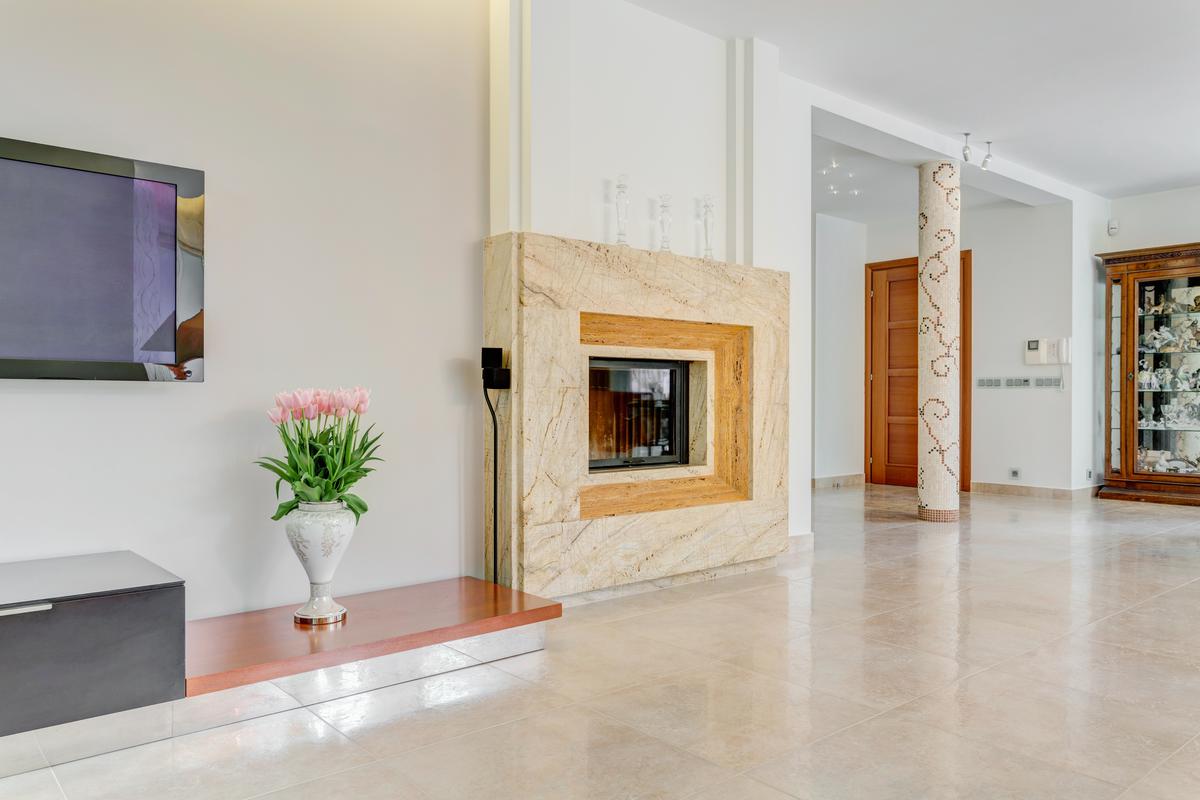

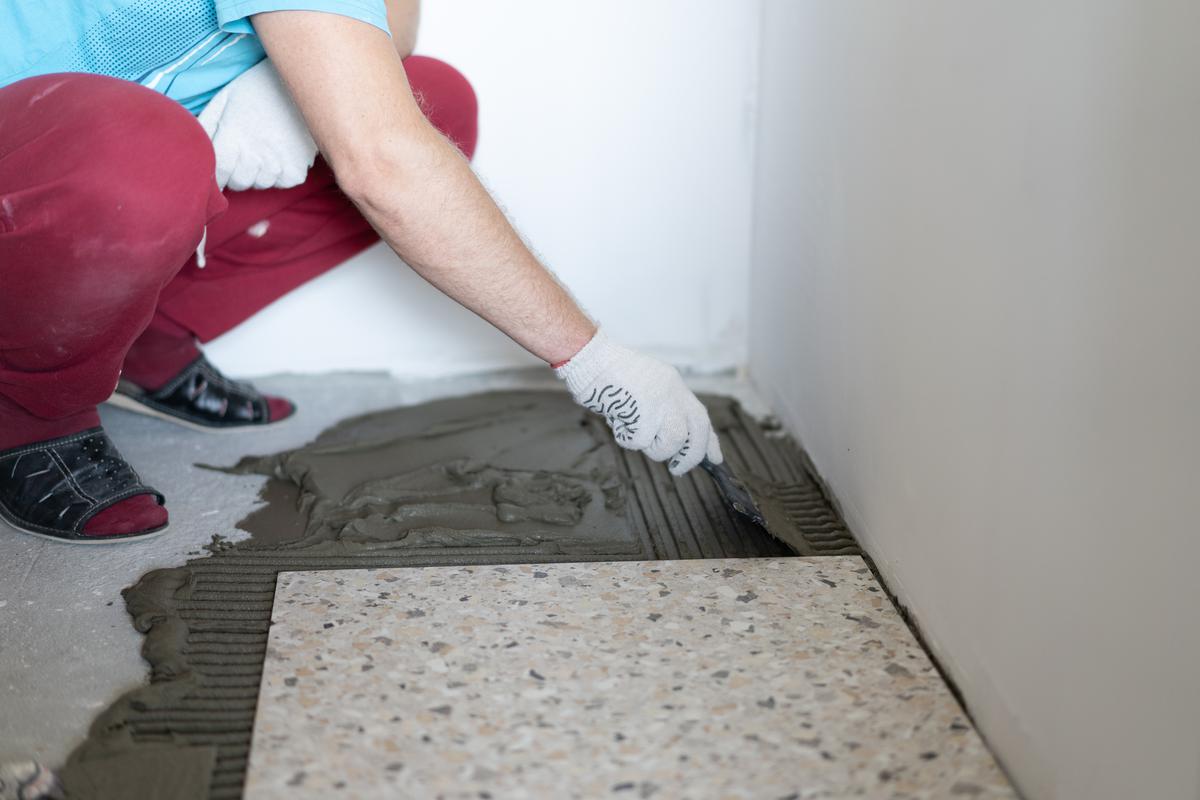
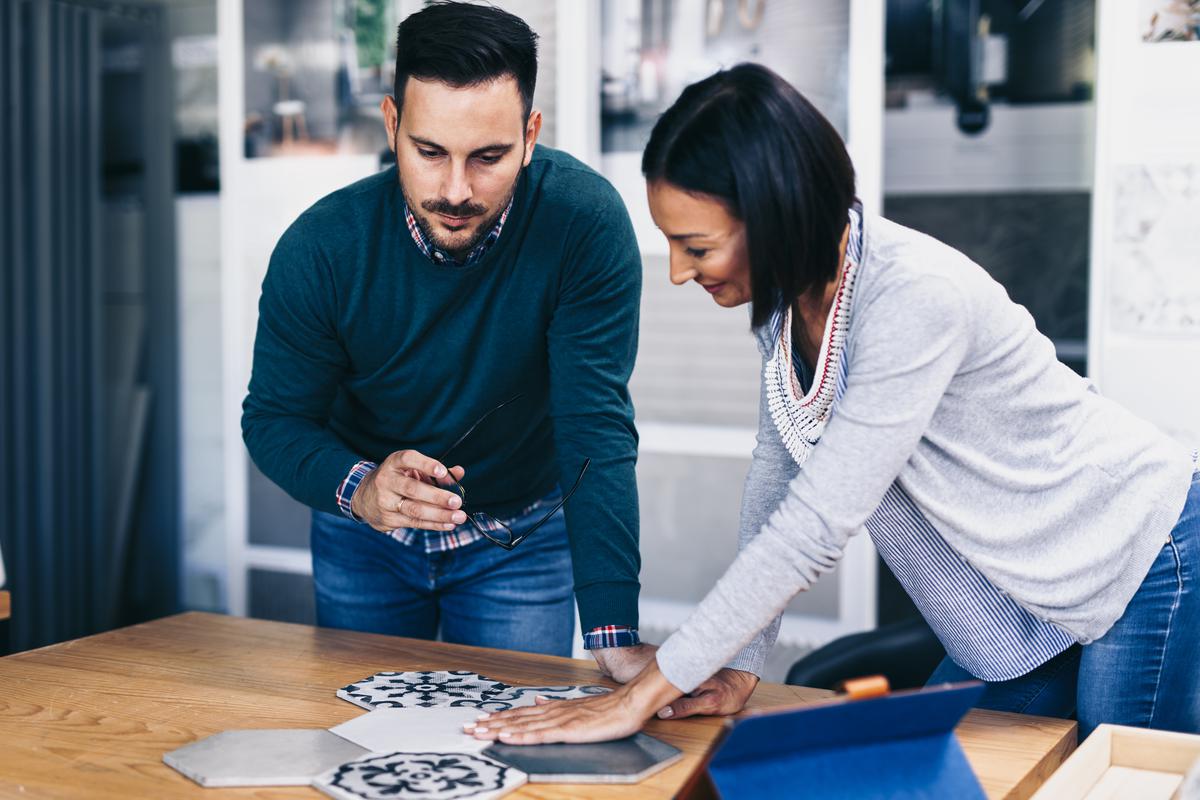
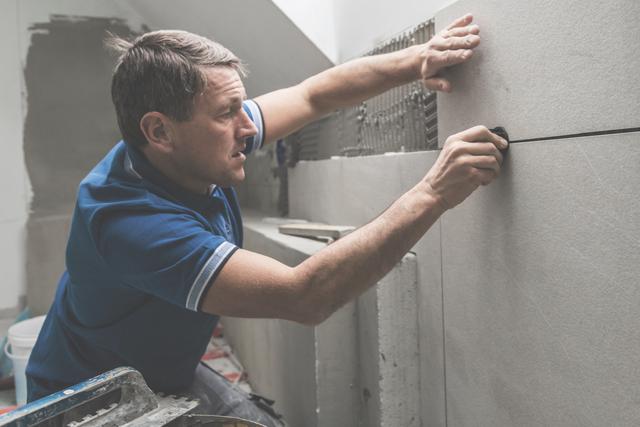
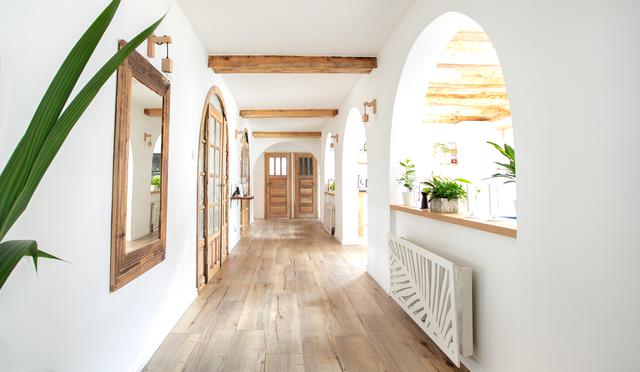
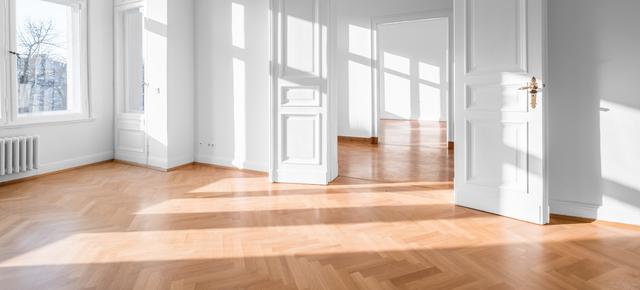
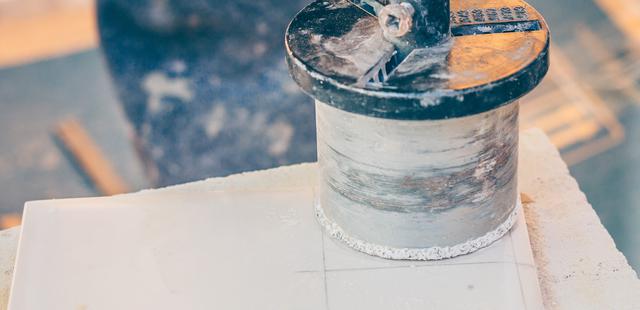
comments